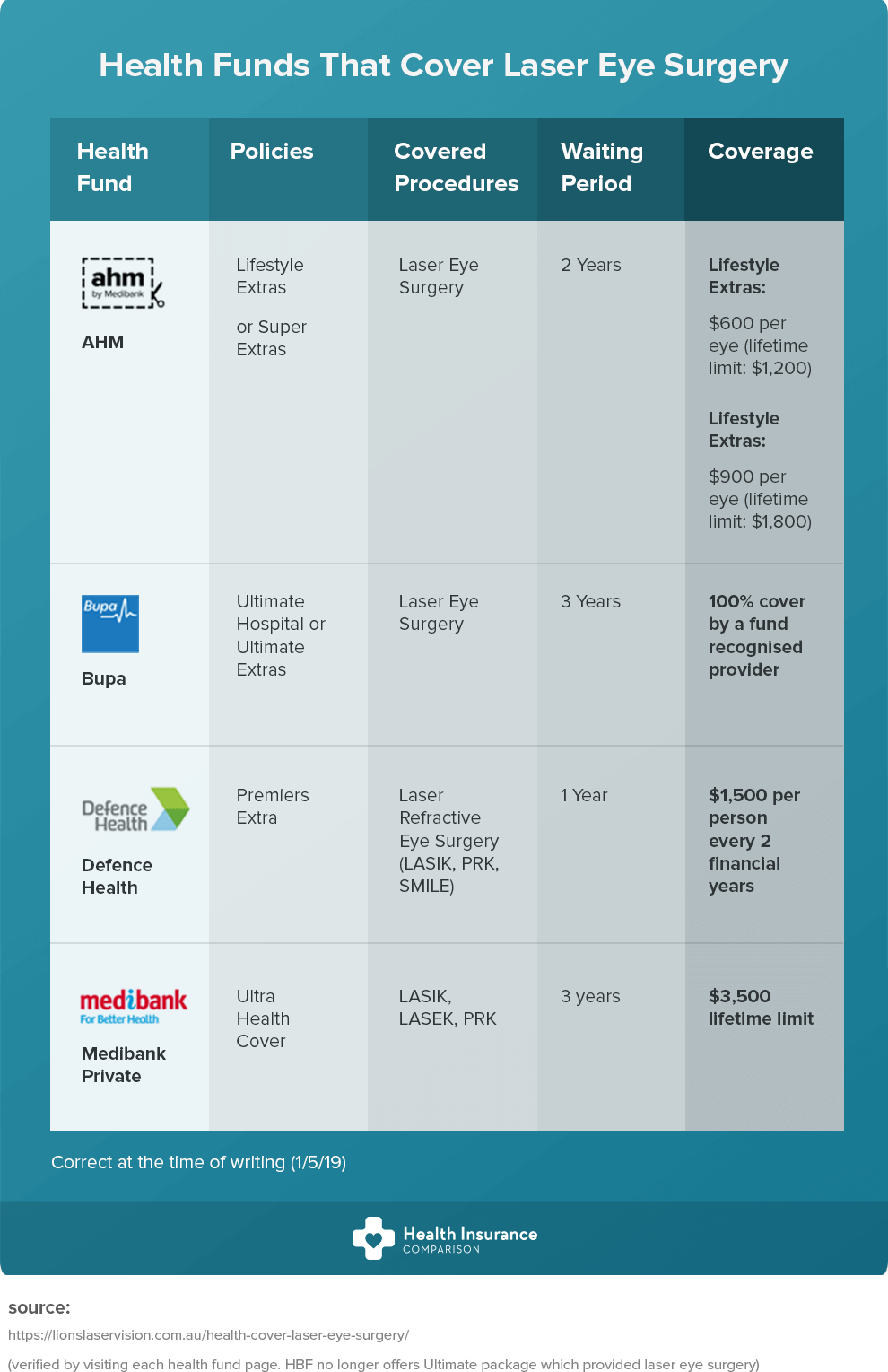The Evolution Of Advanced Cataract Surgical Treatment Techniques: A Thorough Introduction
The Evolution Of Advanced Cataract Surgical Treatment Techniques: A Thorough Introduction
Blog Article
Material Writer-Cullen Serrano
As you explore the advancement of advanced cataract surgical procedure techniques, you'll witness a journey marked by ingenuity and accuracy. From ancient techniques that paved the way for contemporary technologies to cutting-edge modern technologies that are transforming the field, the extensive introduction of cataract surgery methods is a testament to human progression and dedication to boosting person end results. The elaborate interaction between historic approaches and advanced advancements creates an appealing narrative that clarifies the evolution of among one of the most typical surgical procedures worldwide.
Historical Techniques and Technologies
Discover how early specialists revolutionized cataract treatment by using innovative methods and tools. In the past, cataract surgical treatment was a high-risk and uncomfortable treatment. Nevertheless, old Indian medical professionals were amongst the first to attempt medical treatments for cataracts, using a technique called 'formulating' where a sharp tool was used to push the cataract back into the eye. This technique, though crude by today's criteria, laid the groundwork for future improvements in cataract surgical treatment.
As time advanced, Arab medical professionals made substantial payments by establishing specialized needles for cataract extraction. These needles were utilized to pierce the cataract and then remove it from the eye, marking a substantial renovation in medical precision.
Later on, in the 18th century, the French cosmetic surgeon Jacques Daviel originated the method of extracapsular cataract extraction, where the whole lens was gotten rid of intact via a bigger cut. This marked a major development in cataract surgery strategies, leading the way for the contemporary procedures we make use of today.
Modern Surgical Approaches
Early methods in cataract surgical procedure have evolved significantly, leading to the growth of modern-day medical strategies that prioritize accuracy and improved patient end results. Modern cataract surgery now frequently entails a treatment called phacoemulsification, where an ultrasonic tool breaks up the cataract for elimination via a small cut. This strategy allows for quicker healing and lowers the danger of complications compared to older methods.
Furthermore, using advanced intraocular lenses (IOLs) has actually changed cataract surgical treatment outcomes. These lenses can deal with not just the cataract but additionally various other refractive errors like astigmatism, decreasing the requirement for glasses post-surgery.
Surgeons today additionally have accessibility to innovative imaging innovations that aid in precise preoperative planning and intraoperative decision-making. Optical comprehensibility tomography (OCT) and other imaging techniques provide comprehensive images of the eye's frameworks, enabling an extra personalized technique per individual's surgical treatment. With these innovations, modern-day cataract surgery techniques continue to improve, using clients safer treatments and better visual results.
Emerging Technologies in Cataract Surgical Procedure
With improvements in technology transforming the area, cataract surgical treatment is witnessing the combination of ingenious techniques for boosted individual outcomes. Emerging technologies in cataract surgical treatment are improving the landscape of sensory treatments. One such development is femtosecond laser technology, which enables accurate corneal lacerations, capsulotomies, and lens fragmentation, bring about boosted medical precision and results.
Additionally, intraoperative aberrometry is getting popularity, allowing real-time measurements of refractive errors during surgical treatment to boost intraocular lens power computations and decrease postoperative refractive shocks.
Additionally, making use of sophisticated imaging innovations like optical coherence tomography (OCT) and intraoperative wavefront aberrometry help surgeons in precise medical planning and implementation. These tools provide detailed physiological details and aid tailor surgical approaches for every person's special eye characteristics.
Additionally, advancements in artificial intelligence are being explored to help in preoperative planning, intraoperative decision-making, and postoperative treatment, potentially enhancing medical results and individual contentment. Welcoming these emerging innovations in cataract surgical procedure holds promise for additional improving patient results and ensuring the continued advancement of ocular medical techniques.
Conclusion
As you trip via the history of cataract surgical treatment, you witness the change from old techniques to cutting-edge technologies. Like LASIK Halos increasing from the ashes, cataract surgical procedure has evolved right into a sign of hope and technology.
Just as a caterpillar arises from its cocoon as an attractive butterfly, cataract surgical treatment has blossomed into a refined art kind, offering patients clearer vision and a brighter future.
source website continues, shining a light on limitless opportunities.
